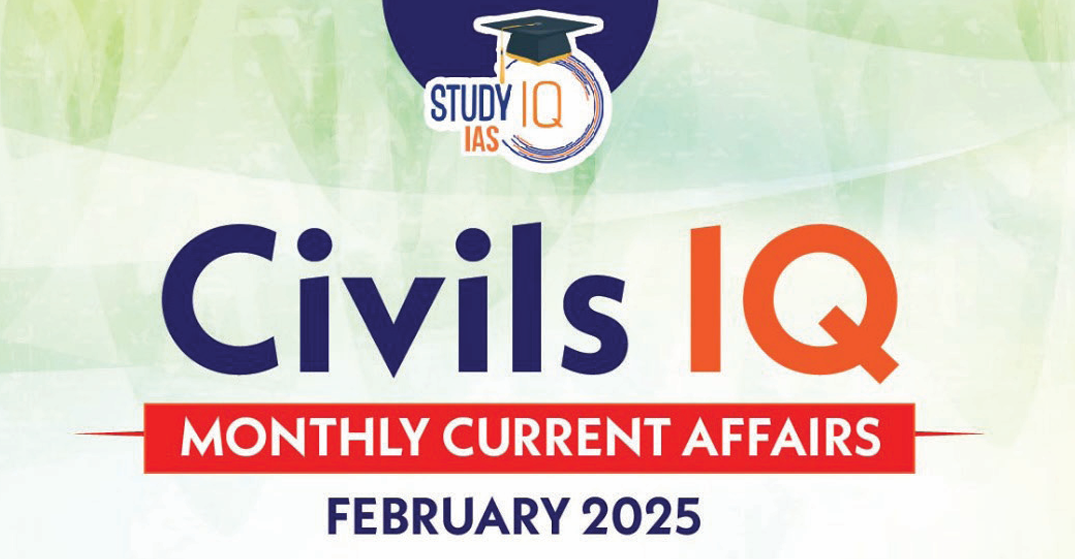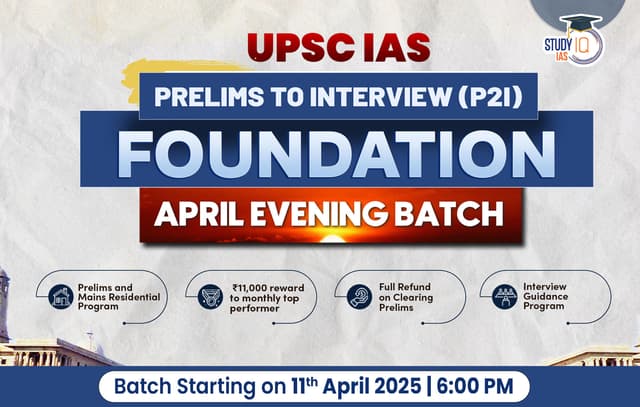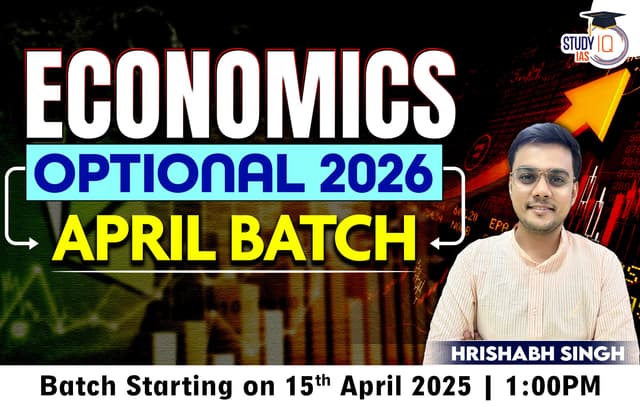Table of Contents
Context: Household debt has surged dramatically in the years after the pandemic.
Trends in Household Debt
Rapid Growth Post-Pandemic
- Household debt rose from 6% of GDP in June 2021 to 42.9% in June 2024.
- Historically, it hovered around 33% between 2015–2019.
Widespread Across Income Segments
- Credit growth is not limited to affluent groups — even low-income households increased borrowing.
Sharp Rise in Personal and Unsecured Loans
- Banks’ personal loans grew by 75% (Mar 2021–Mar 2024).
- NBFCs and HFCs’ retail credit rose by 70%.
- Unsecured personal loan books grew sharply: Banks: 82%, NBFCs: ~130%.
More Loans, More Borrowers
- High number of live loans: Many borrowers have 3+ loans.
- 11% of borrowers with small-ticket personal loans (<₹50,000) are overdue.
- Borrowers with 4+ active loans are nearly at 6%.
Underlying Causes for Rising Household Debt
- Inadequate Income Growth: Between Mar 2021–Mar 2024:
- Disposable income grew by only 43%, vs credit growth of 70–75%.
- Consumption rose by 49%, indicating credit was used to bridge the gap.
- Low Job Creation and Wage Growth: Structural issues in employment and productivity are forcing households to borrow to maintain living standards.
- Pandemic Aftermath: Households turned to borrowing during and after COVID-19 to sustain consumption.
- Easy Availability of Credit: Aggressive lending by NBFCs, MFIs, and banks, especially in unsecured segments.
- Failed or Ineffective Initiatives:
- RBI’s Temporary Tightening (Nov 2023): Raised risk weights on consumer credit and bank exposure to NBFCs.
- Impacted credit growth but was short-lived due to concerns about slowing consumption.
- RBI’s Temporary Tightening (Nov 2023): Raised risk weights on consumer credit and bank exposure to NBFCs.
Impacts of Rising Household Debt
- Reduced Future Consumption: Larger debt servicing eats into disposable income, reducing the ability to spend.
- Higher Defaults & Stress Signs: Rising delinquencies in NBFC portfolios: gold loans, vehicle loans, unsecured credit.
- Increasing write-offs by banks of retail unsecured loans.
- Overdependence on Credit-Driven Growth: Private consumption is being artificially propped up by credit, not income.
- Financial Vulnerability in Low-Income Groups: Poorer households rely more on unsecured loans for essential consumption, leading to greater financial fragility.
What Needs to Be Done
Short-Term Policy Measures
- Calibrated Monetary Easing: Rate cuts + liquidity easing to be paired with caution on unsecured credit expansion.
- Strengthen Credit Monitoring: Tighten norms on multiple lending by MFIs & NBFCs.
- Improve Financial Literacy: Awareness of responsible borrowing and debt management.
Medium to Long-Term Structural Measures
- Enhance Income Growth: Focus on employment-intensive sectors (manufacturing, MSMEs, services).
- Encourage formal job creation.
- Regulate Informal Credit Channels: Expand RBI oversight over NBFC-MFIs and introduce better credit risk profiling.
- Credit-Linked Asset Building: Redirect credit toward productive use: education, skill development, entrepreneurship.
- Revamp Social Security Nets: Ensure basic income support and employment guarantees reduce credit dependency.

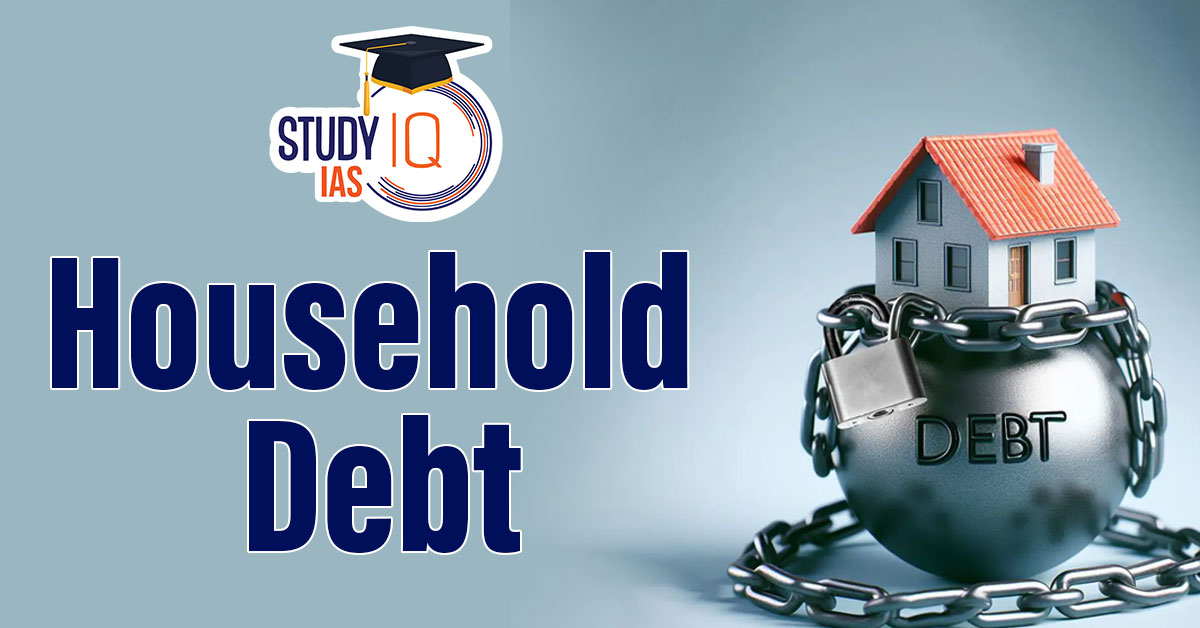
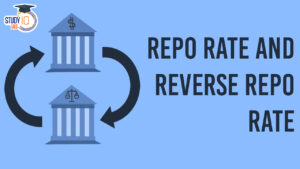 Repo Rate and Reverse Repo Rate, Impact ...
Repo Rate and Reverse Repo Rate, Impact ...
 Foreign Contribution Regulation Act (FCR...
Foreign Contribution Regulation Act (FCR...
 World Economic Forum’s Future of Jobs ...
World Economic Forum’s Future of Jobs ...
